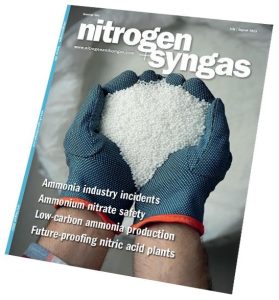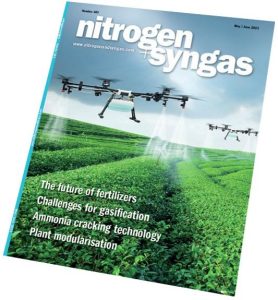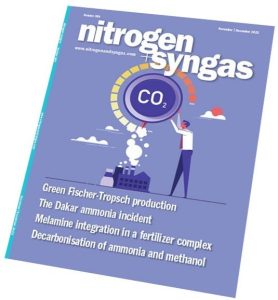
End of an era
The closure of CF Industries’ ammonia plant at Billingham, Teesside (see Industry News, page 8) marks the end of a long era for UK fertilizer manufacture. The facility was the last operating ammonia plant in the country, following CF’s decision to permanently close its site at Ince in Cheshire in June last year. Going forward, Billingham will now rely on imported ammonia as a feedstock to run the nitric acid and 625,000 t/a ammonium nitrate plants on the site.









